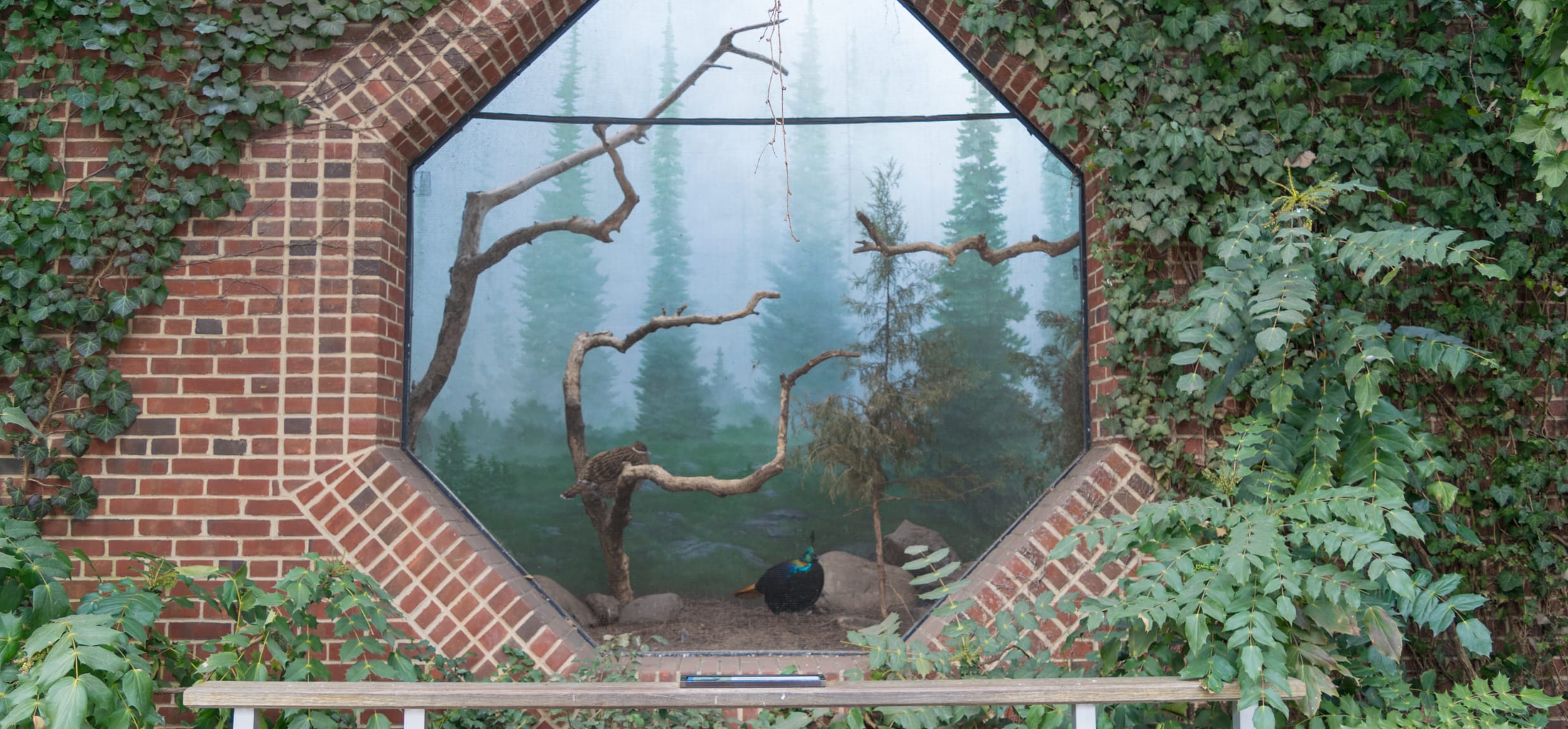Visiting the Central Park Zoo

Have a classic New York City experience at your next visit to the Central Park Zoo.
Managed by the Wildlife Conservation Society, the Central Park Zoo is designed to recreate each animal’s natural environment. Located on the east side of Central Park between 63rd and 66th Streets, the Central Park Zoo offers a unique and enjoyable experience for visitors of all ages.
History
While animals have roamed throughout Central Park’s 843 acres since the 1870s, early plans for the Park did not include having a zoo. In response to the growing collection of animals in the Park, several enclosures in front of the Arsenal were created while plans were made to build a permanent zoo. In 1934, the Parks Department created a permanent facility featuring various buildings, sculptures, and a courtyard that still exists to this day. Since 1988, the Wildlife Conservation Society has helped update and expand the Zoo, dedicated to creating a space for future conservationists and wildlife enthusiasts.
Hours of Admission
The Central Park Zoo is open year-round. All visitors are required to reserve date-specific tickets in advance. Book your visit/save your spot here.
Exhibits and Animals
The Central Park Zoo is home to animals from the three major biomes: tropical, temperate, and polar regions. Not sure where to start? Read on to learn about these respective regions and various exhibits:
Tropic Zone: Experience what it’s like to be in the Amazon rainforest and encounter an exotic collection of various animals from the lower depths of the forest to the enveloping tree canopy. See lizards, snakes, frogs, toads, black-and-white ruffed lemurs, cotton-topped tamarins, and more. Be sure to look up to catch a wide variety of tropical birds flying freely above.
Temperate Zone: Looking for something not too hot and not too cold? Find the rarest animals in the world such as red pandas and snow leopards and be sure to check out the snow monkeys—the Central Park Zoo is the only zoo in New York City where they can be found!
Polar Zone: Grab your jacket and winter boots! The Polar Circle features animals well-suited for the colder temperatures, including polar bears, sea lions, puffins, and 74 penguins. Fun fact: in 2015, the Central Park Zoo became home to the first king penguin that was ever hatched in NYC.
Central Garden and Sea Lion Pool: Located in the center courtyard, the sea lion pool and tank features a talented group of seals performing acrobatic tricks.
Tisch Children’s Zoo: Looking for a family-friendly activity in NYC? Home to sheep, goats, pigs, zebu, and the only cow in Manhattan, the Tisch Children's Zoo is perfect for young zoo enthusiasts. Kids can hang out with bronze animal sculptures featured here, or head over to the aviary where they can find a variety of frogs, turtles, and birds. Admission into the Tisch Children’s Zoo is included in your admission ticket to the Central Park Zoo.
Tips for Park Zoo-goers
Visiting the Central Park Zoo provides an opportunity to create delightful memories for individuals and families alike and connect with all forms of wildlife. To make the most of your educational and entertainment experience, check out these tips below:
- Please follow all zoo rules and safety guidelines, including not feeding animals or throwing objects in the exhibits.
- Enjoy the great outdoors and wear comfortable shoes and weather-appropriate attire.
- Hungry and/or thirsty from your Central Park Zoo adventure? Visit the Zoo’s Dancing Crane Café and select from a wide variety of snacks, beverages, and desserts.
- Stop by the Zootique and shop for merchandise, collectibles, and souvenirs.
Conservation Efforts
Like other facilities that are managed by the Wildlife Conservation Society, the Central Park Zoo is committed to the conservation efforts of endangered animals/species. Various initiatives and educational programs are implemented to raise awareness about the ongoing threats to wildlife and efforts to protect these endangered species and their respective habitats. Learn more here.